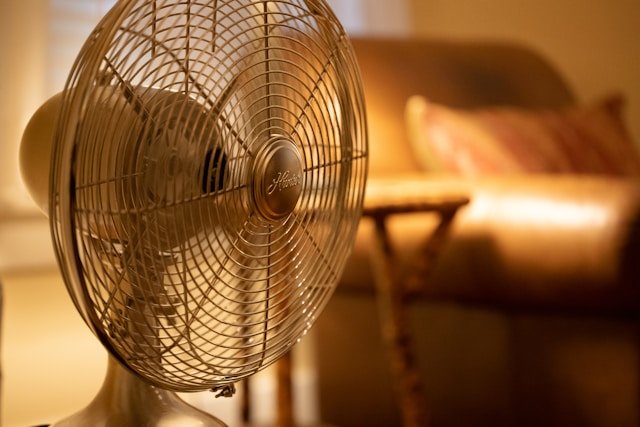As temperatures continue to rise globally, ensuring worker safety during hot weather has become more than just a seasonal concern—it’s a year-round priority. Whether your team works indoors or outside, heat-related risks can affect productivity, well-being, and even result in serious health complications if not managed properly.
Employers and safety officers must adopt a proactive approach to prevent heat stress and foster a safer work environment. Here’s a comprehensive guide to keeping employees safe during hot weather.
Understand the Risks of Working in High Temperatures
Before implementing preventive measures, it’s essential to understand what makes heat dangerous in the workplace. When the body is unable to cool itself effectively, it can lead to heat exhaustion, dehydration, and in severe cases, heatstroke. These conditions not only threaten the health of your employees but also increase the likelihood of workplace accidents due to fatigue, confusion, or dizziness.
Outdoor workers in construction, agriculture, and landscaping face the most direct exposure to heat. However, indoor environments like warehouses, factories, and kitchens without proper ventilation can also become dangerously hot. Recognizing the risk factors is the first step to addressing them.
Monitor Environmental Conditions
Temperature alone isn’t the only factor to consider. Humidity, radiant heat from machinery, air movement, and direct sunlight also contribute to how hot an environment feels. Use heat index monitors or wearable sensors to track real-time data and identify when conditions become unsafe.
Employers should be familiar with the Wet Bulb Globe Temperature (WBGT) index, a more accurate representation of heat stress on the human body. This tool combines several variables—including temperature, humidity, wind speed, and solar radiation—to help determine when to slow down work or increase break frequency.
Recognize and Prevent Heat Hazards in the Workplace
One of the most critical safety concerns during the summer months is heat hazards in the workplace. These hazards can manifest in many ways, from malfunctioning ventilation systems to inadequate hydration protocols. Addressing them begins with a workplace assessment to identify vulnerable areas and practices.
To prevent heat-related illnesses, consider implementing the following:
- Hydration stations: Ensure easy access to cold, clean drinking water.
- Shaded rest areas: Provide temporary shelters for outdoor workers to rest.
- Modified work schedules: Shift heavy labor tasks to early mornings or evenings.
- Proper clothing: Encourage lightweight, breathable clothing and provide PPE designed to reduce heat retention.
Training employees to recognize early signs of heat stress—like excessive sweating, weakness, or nausea—can also make a significant difference. Encourage a culture of safety where workers look out for one another and report unsafe conditions without fear.
Educate and Train Your Workforce
Even with protocols in place, they’ll only be effective if employees understand and follow them. Routine training on heat safety should be mandatory, especially at the start of warmer seasons or when onboarding new hires.
Training sessions should cover:
- Symptoms of heat-related illnesses and when to seek help
- How to use protective gear appropriately
- Emergency procedures for responding to heat-related incidents
- The importance of regular hydration and pacing
Visual aids, multilingual materials, and interactive scenarios can help reinforce these lessons, making them more engaging and easier to remember.
Build a Long-Term Heat Safety Plan
Seasonal responses are no longer enough—heat safety must be a permanent part of your overall occupational health strategy. Integrate heat risk assessments into your routine safety audits. Invest in long-term infrastructure upgrades such as better ventilation systems, reflective roofing, or cooling stations.
In addition, consider involving employees in the conversation. Gather feedback on current practices and ask for suggestions to improve heat safety. Frontline workers often have valuable insights into the practical challenges they face.
By treating heat safety as a shared responsibility, you foster a workplace culture that values health, accountability, and teamwork.
As climate trends continue to push temperatures higher, the need for comprehensive heat safety measures becomes increasingly urgent.
From identifying heat hazards in the workplace to implementing proactive training and long-term planning, employers have both the responsibility and the opportunity to protect their teams. A well-prepared workforce is not only safer but also more productive and resilient, even under the sun’s intense pressure.
Email your news TIPS to Editor@kahawatungu.com or WhatsApp +254707482874




